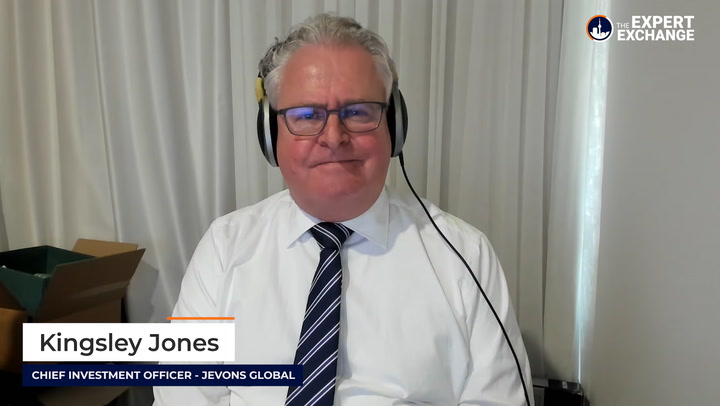- A new report from the Australian Energy Market Commission (AEMC) predicts that Australian electricity prices will fall by around 9 per cent by 2023
- Almost all states in the National Electricity Market (NEM) can expect electricity price falls of between 2 per cent and 15 per cent
- This is except for the ACT, which is predicted to see energy prices rise by around 2.3 per cent
- Western Australia and the Northern Territory are not part of the NEM and as such do not have their future energy prices included in the AEMC report
- This is the second year in a row the AEMC has predicted a fall in energy prices, despite the economic headwinds of the COVID-19 pandemic
- AEMC Chief Executive Ben Barr says the key drivers of household electricity are all contributing to the fall in prices
- However, he stressed that these are just projections, and the price of electricity can still be impacted by unpredictable market swings
A new report from the Australian Energy Market Commission (AEMC) predicts that Australian electricity prices will fall by around 9 per cent over the next three years.
The price decrease is mainly attributed to lower gas prices and new sources of renewable energy, like solar and wind generation.
Almost all states and territories in the National Electricity Market (NEM) can expect a drop in electricity prices, except for the Australian Capital Territory.
New South Wales, Queensland, South Australia, Victoria, and Tasmania are all expected to see price falls of between 2 per cent and 15 per cent by 2023. Meanwhile, the ACT is predicted to see a slight 2.3 per cent increase in prices.

While Victoria residents will enjoy the biggest percentage fall, with an expected 15 per cent decrease in electricity prices, it’s South Australia that gets the biggest price cut in terms of raw dollars and cents. By 2023, South Australia will be paying around $204 less in electricity bills.
Western Australia and the Northern Territory are not part of the NEM and as such do not have their future energy prices included in the AEMC report.
According to the report, Western Australia’s residential electricity prices are set by the State Government’s annual budget. However, in light of COVID-19, the WA government has put a freeze on price changes over the 2021 financial year.
As for the Northern Territory, all commercial transactions in the NT electricity market are all made in private and confidential contracts — meaning there is not enough information available about the NT electricity market to inform the AEMC report.
Nevertheless, AEMC Chief Executive Ben Barr said it’s great to see prices falling across the nation in light of a decarbonising power system.
“The three key drivers of household electricity bills — wholesale costs, network costs and environmental costs — are all falling, which accounts for the over-all drop that we are seeing,” Ben said.
“There are also regional differences across states and territories in the national electricity market that will affect price outcomes. And what energy offer you have and how much you use will also affect your bill,” he said.
This is the second year in a row the AEMC has predicted lower electricity costs — despite the economic headwinds brought about by COVID-19.
Still, the AEMC Chief said its projections are subject to sudden and unpredictable market swings.
“This report has been giving governments forward-looking, policy-relevant information on energy prices for more than a decade – but it is important to stress these are projections, not predictions. Trends can change sharply in response to new policies and sudden market changes.”








